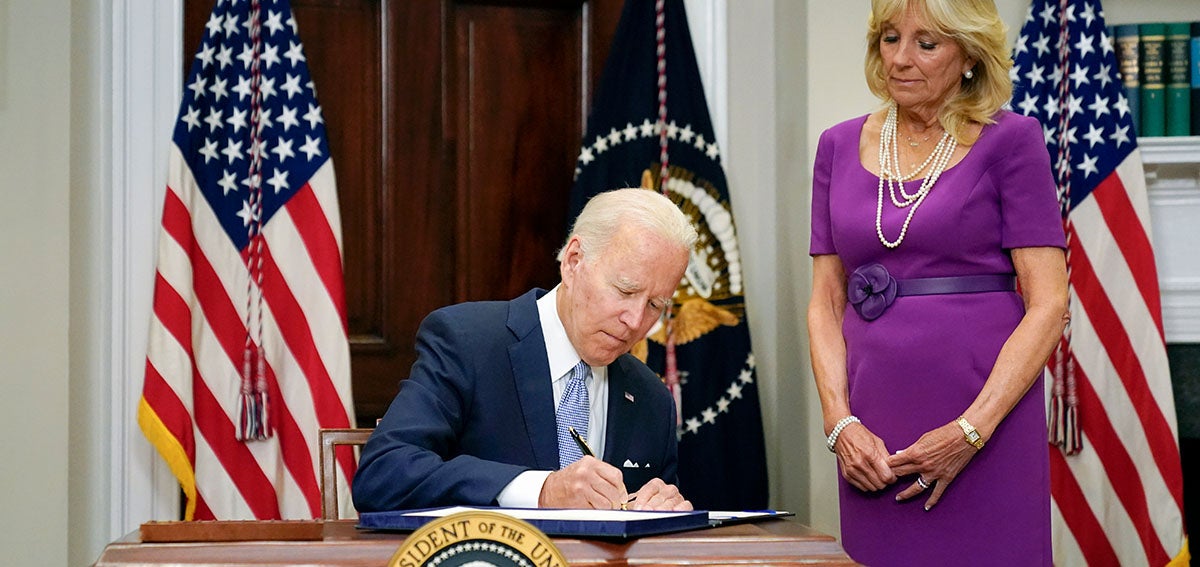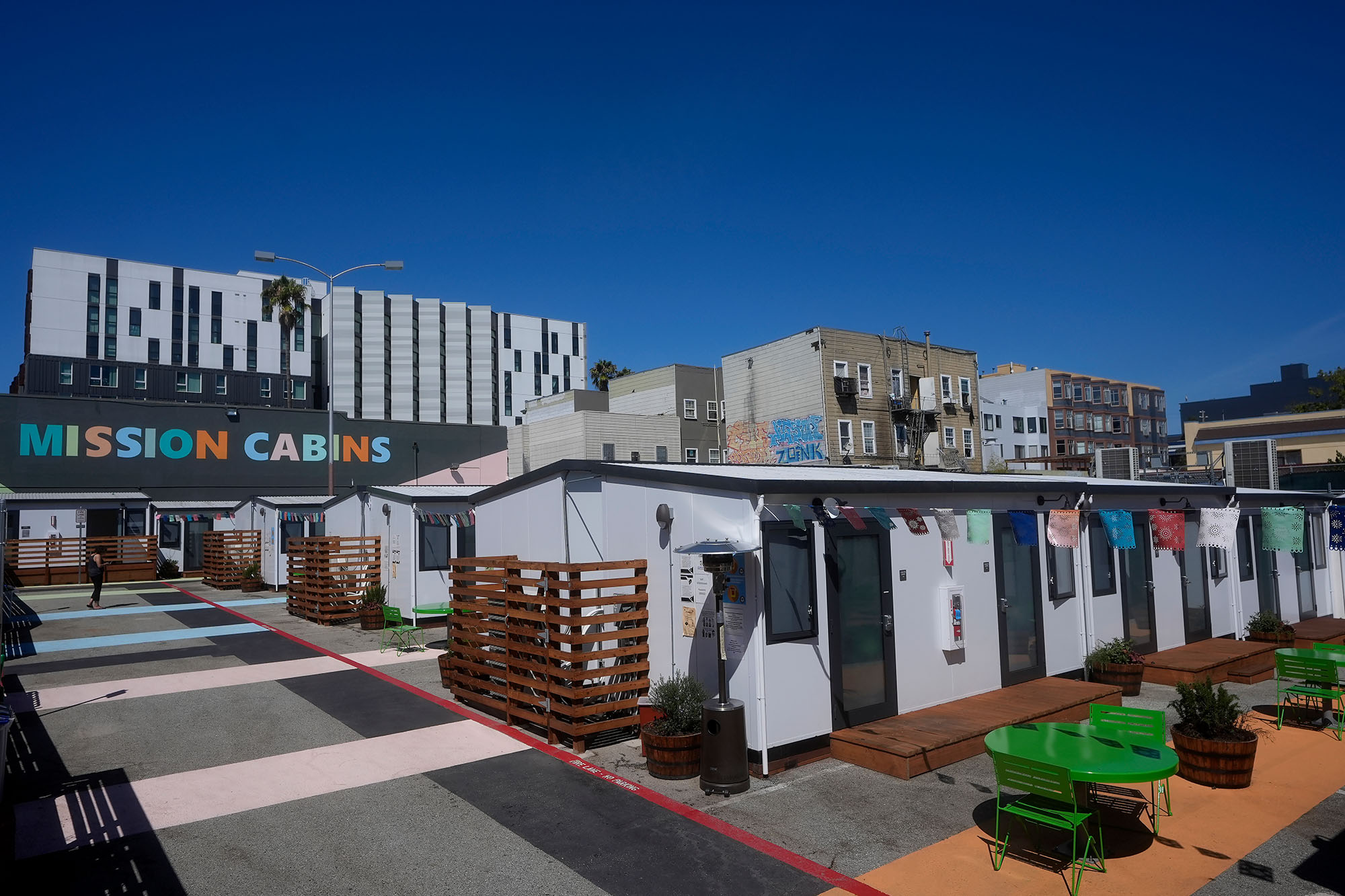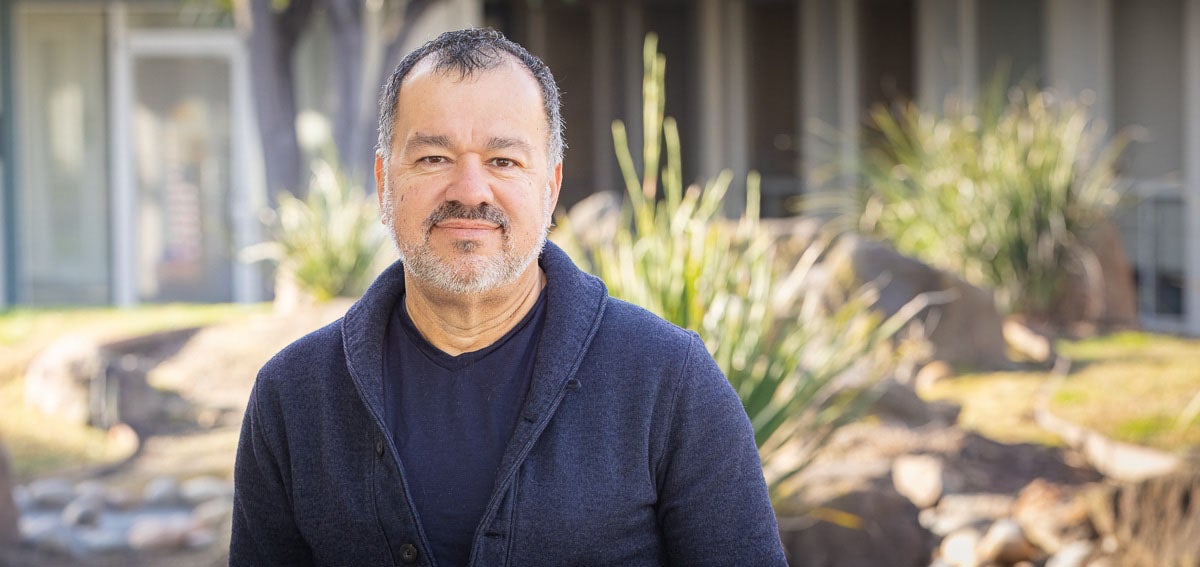
In the wake of multiple mass shootings that occurred in May, including horrific massacres in a supermarket in Buffalo, New York, and an elementary school in Uvalde, Texas, President Joe Biden on June 25 signed the Bipartisan Safer Communities Act (BSCA). It was the first major gun safety bill passed by Congress in nearly 30 years.
Renewed urgency for legislative action on gun violence came as lawmakers began gearing up for the November midterm election campaigns. Enough members of the evenly divided Senate were sufficiently motivated to compromise that legislation was passed, but more sweeping gun-control reforms were omitted. BSCA instead contains narrow measures intended to increase restrictions on firearms, strengthen protections for victims of domestic violence, and enhance school safety. Of the $13 billion spending authorized by the bill, lawmakers earmarked a significant portion for mental health, including:
- $800 million for mental health-related programs managed by the Substance Abuse and Mental Health Services Administration
- $940 million for Health Resources and Services Administration spending
- $8.6 billion for Medicaid programs and benefits to provide mental health services to all people, regardless of their ability to pay
- More than $2 billion managed by the Department of Education to expand mental health services in schools
While advocates are pleased to see new funds authorized for mental health services, they worry that including it in this package reinforces the misconception that most gun violence is perpetrated by people burdened with mental health problems. The reality is that people with mental illnesses are more likely than other people to be victims of firearm violence rather than perpetrators. Only 3% to 5% of violent acts are committed by people with serious mental illnesses, such as schizophrenia, bipolar disorder, or major depression.
Here are key investments and policies contained in the gun safety law:
Substance Abuse and Mental Health Services Administration Programs
Community Mental Health Services Block Grant Program. The gun law provides $250 million over four years to increase funding for Community Mental Health Services Block Grants, which help states establish or expand community-based mental health services for adults with serious mental illnesses and children with serious emotional disturbances. The services include screening, outpatient treatment, emergency mental health services, and day treatment.
Project AWARE. The legislation directs $240 million over four years to state educational agencies, in partnership with state mental health agencies, to provide school-based mental health programs and services. Project AWARE (Advancing Wellness and Resiliency in Education) trains teachers and other school staff to detect and respond to students’ mental health challenges and connect school-age youth and their families to needed services. Congress allocated at least $28 million annually for evidence-based trauma support services. The application for the next round of grants, an estimated $18 million for 10 grantees, is expected to become available at the end of December.
Mental Health Awareness Training Grant Programs. The gun-safety measure provides $120 million over four years for this program, which funds nonprofit organizations to teach school staff, community members, and first responders how to recognize and respond to individuals with mental disorders. Grantees are required to establish linkages with school- and/or community-based mental health agencies to refer individuals to appropriate services. The application for the next round of grants — about $1.1 million for eight grantees — is expected by the end of the year.
National Child Traumatic Stress Network. The new law allocates $40 million over four years to this national network of providers, hospitals, universities, and community-based programs that offer trauma-informed care to children. The UCLA-Duke University National Center for Traumatic Stress coordinates the collaborative network of current and former grantees. The application for 10 community-based programs to join the network as Community Treatment and Services Centers (Category III) is scheduled to be posted in December.
National Suicide Prevention Lifeline. Lawmakers designated $150 million for FY 2022 to support the new 988 emergency phone number for the National Suicide Prevention Lifeline, a network of about 200 call centers that provides free, confidential support to people in suicidal crisis or emotional distress. The 24/7 hotline was launched on July 16. The supplemental funding is intended to expand staffing to respond to sudden and large spikes in call volume and to improve access to behavioral health care. The supplemental funds have not yet been distributed. Previous awards used a formula that accounts for 2021 call volume.
Health Resources and Services Administration Programs
Pediatric Mental Health Care Access Program. The legislation provides $80 million over four years for this program, which funds state and regional networks of pediatric mental health care teams to provide behavioral health services, through telehealth, to pediatric primary care providers. The gun-safety measure broadens the program’s reach by allowing grantees to train emergency departments and state, local, and tribal educational agencies, as well as elementary and secondary schools, to integrate behavioral and mental health services into their practices. The application for the next round of grants (an estimated $9.3 million for 21 grantees) is expected in October.
Primary Care Training Enhancement. New funding of $60 million over four years will be provided to add mental and behavioral health training for pediatricians and other primary clinicians who plan to provide care to children, people recovering from abuse or trauma, and individuals with mental health or substance use disorders.
Medicaid Program and Benefits
Certified Community Behavioral Health Clinics Demonstration Program. An estimated $8.6 billion will be made available over 10 years to expand certified Community Behavioral Health Centers (CCBHCs), which offer integrated behavioral health care — including mental health and substance use disorder services — to all people, 24 hours a day, regardless of their ability to pay. Currently, CCBHCs are available in a select number of states under the Certified Community Behavioral Health Clinics Demonstration Program. The legislation calls for 10 states to be added to the demonstration every two years. California, which now has 15 operational CCBHCs but is not yet a CCBHC demonstration grantee, could become a grantee under this expansion.
Other Federal Support. BSCA also requires the US Department of Health and Human Services (HHS) to strengthen federal oversight of state implementation of Early and Periodic Screening, Diagnostic and Treatment (EPSDT), the comprehensive Medicaid benefit for enrollees under age 21. BSCA also provides $50 million to help school-based health centers deliver services to enrollees of Medicaid and the Children’s Health Insurance Program (CHIP).
Here is the timetable for HHS set by the new legislation:
- By June 2023, in collaboration with the US Department of Education, HHS must issue guidance to state Medicaid agencies, local educational agencies, and school-based entities on how to support the delivery of health care services to Medicaid and CHIP beneficiaries in schools.
- By December 2023, HHS must provide guidance and technical assistance to states on improving access to telehealth for services covered under Medicaid and CHIP.
- By June 2024, HHS must review state compliance with EPSDT requirements; provide technical assistance to states to address gaps and deficiencies; and share best practices for ensuring children have access to mental health, substance use disorder, and developmental services, among others.
Department of Education Programs
All funds through the Department of Education are available through March 2023.
Safe and Healthy Students Program. The legislation provides a one-time investment of $1 billion for the Safe and Healthy Students program, which supports state and locally determined services including mental health resources, mentoring, drug and violence prevention, crisis intervention, and training for school personnel regarding suicide prevention and human trafficking.
School-Based Mental Health Services Grants. The measure authorizes an investment of $500 million to expand the School-Based Mental Health Services Grants program that provides competitive grants to states to increase the number and reduce turnover of qualified mental health service providers serving students in districts with demonstrated need.
School-Based Mental Health Professional Pipeline. Another $500 million is allocated to expand the number of mental health providers who provide services in schools. The Mental Health Service Professional Demonstration Grant Program provides competitive grants to support innovative partnerships between institutions of higher education and school districts to train and deploy school-based mental health service providers.
* * *
The funding of mental health services in the Bipartisan Safer Communities Act is substantial. However, the measure does not address many other investments and policy changes needed to sustainably address the shortage of mental health providers, ensure equal coverage for mental health conditions and physical illnesses, and advance integration of physical and behavioral health care. It remains to be seen whether lawmakers can return to the negotiating table and deliver a more comprehensive mental health package in this session of Congress.
Authors & Contributors

Alyssa Llamas
Alyssa Llamas is a policy director at the Wynne Health Group. She has a diverse background in health policy and public health, including experience in government, research, and nonprofit settings. Llamas previously worked at the US Centers for Disease Control and Prevention.

Dawn Joyce
Dawn Joyce is a vice president with the Wynne Health Group and a health policy expert. She has hands-on experience at the federal, state, and local levels, and previously served as a staff member for California senator Dianne Feinstein.
Joyce is a graduate of Wellesley College and UC Berkeley’s School of Public Health.





